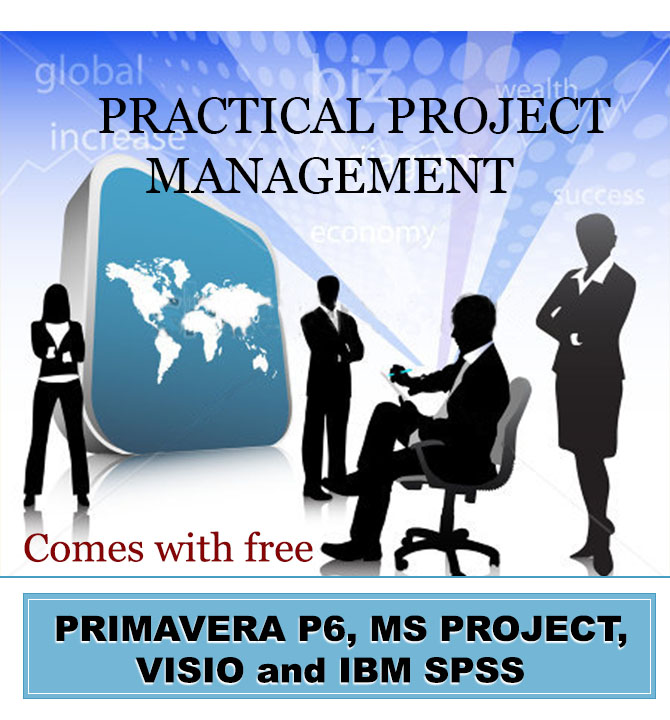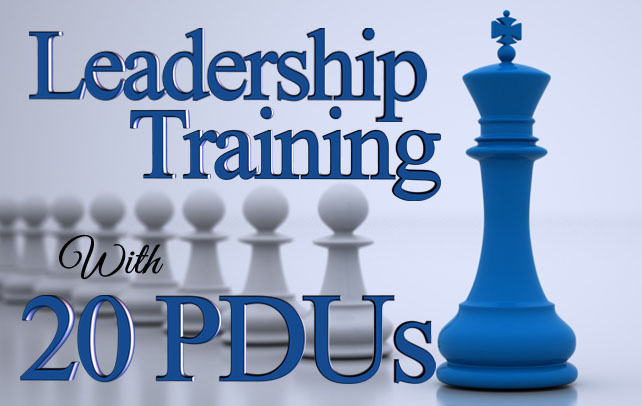FAQs on Six Sigma Courses
1. What is Six Sigma?
Ans: Six Sigma is a data driven, customer focused and result oriented methodology, which uses statistical tools and techniques to systematically eliminate the defects and inefficiency to improve processes.
2. What does the term “six sigma” signify?
Ans: Sigma, represented by the Greek alphabet ‘σ’, stands for standard deviation from the ‘mean’. ‘Six Sigma’ represents six standard deviations from the ‘mean.’ This implies that if a company produces 1,000,000 units, and its processes are at Six Sigma level, then less than 3.4 defects only will result.
3. What is the six sigma approach?
Ans: Six Sigma approach is to find out the root cause of the problem which can be symbolically expressed as Y = F(X) + E. Y represents the problem that occurs due to cause (s) X. E (Epsilon)represents Error.
4. Which specific industries can Six Sigma be applied?
Ans: Six Sigma can be applied in any industry, e.g. manufacturing, service, transactional, banking, healthcare, etc.
5. Does Six Sigma follow a specific methodology?
Ans: Yes.
DMAIC methodology (To improve an existing process or product)
- D – Define: Define the problem statement and project goal
- M – Measure: Measure the current performance (baseline)
- A – Analyze: Identify the root causes of the defects
- I – Improve: Improve the process by eliminating defects
- C – Control: Control and sustain the performance
DMADV methodology (To design a new process or product)
- D – Define: Define the project goals that are consistent with customer needs
- M – Measure: Measure and determine the customer needs
- A – Analyze: Identify and analyze the root causes of the defects
- D – Design: Design the process by developing it in detail in line with customer needs
V – Validate or Verify: Validate the performance and ability of the process to meet customer needs
6. What are the benefits of Six Sigma?
Ans: Benefits of Six Sigma:
- Cost reduction
- Productivity improvement
- Market share growth
- Customer satisfaction
- Customer retention
- Cycle time reduction
- Defect reduction
- Work Culture improvement
- Product / service development
7. What are the criteria for selecting a six sigma project?
Ans: While selecting a Six Sigma project, we need to consider whether it is meant for:
- 1. Improving an existing process or product, or
- 2. Designing a new process or product
Use DMAIC framework for the first case and DMADV framework for the second one.
It is the responsibility of Six Sigma team to identify the process, define the defects, and measure the defects within the two improvement frameworks cited above.
The following procedure explains how the project selection process runs through various management levels:
- Level 1 – Top management decides to launch Six Sigma to tackle serious business challenges.
- Level 2 –The middle management owns the processes and sponsors the project: They look for improvement potential within their own business processes. For this purpose, they need to translate the business goals into process goals and identify those processes whose outputs (the small ‘y’s) are presently falling short of the specified targets / customer requirements.
- Level 3 – The improvement ideas generated at level 2 are passed on to the project leaders – Black Belts / Green Belts – as first draft of project definitions. They then fine-tune the assigned project definitions, gather data, and analyze the root causes of variation in the assigned y variables.
8. Who are the people that work on six sigma projects?
Ans: Trained / certified Six Sigma Black Belts / Green Belts lead Six Sigma projects where the project team comprises 4 – 5 other employees who have process expertise in the area.
9. Difference between black belt and green belt?
Ans: Black Belt courses are more advanced than green belt – it provides competence in advanced statistical tools and techniques that are used in major and complex projects.
10. Are there any admission criteria for our Green Belt/Black Belt courses? (e.g. Academic or work Experience).
Ans: There are no admission criteria for Green Belt or Black Belt.
11. Is Six Sigma another fashion or fad or “in-thing”?
Ans: Six Sigma is now a widely accepted quality concept in the corporate world. Six Sigma was introduced in USA in the 1980s as a statistics-based method to reduce variation in electronic manufacturing processes at Motorola Inc. Today, twenty and odd years on, Six Sigma is being used as an all-encompassing business performance improvement methodology across the globe.
12. Is there any software requirement for Green Belt/Black Belt?
Ans: Generally, Microsoft Excel is used for all numerical Six Sigma problems. In the Black Belt course we provide screen shots of Minitab (Minitab 16) applications (as optional) that will help student to understand the Six Sigma problems.
13. What is Minitab?
Ans: Minitab is statistical software used in the Six Sigma and Quality improvement projects. For more details please log on to www.minitab.com to get a 30-day FREE trial for the course.
________________________________________________________________________________________
More on PMtutor Menu
- Faculties, Testimonies and Pictures of Events. Click PMtutor HERE
- PMP & CAPM Certification Training, Click PMP and CAPM HERE
- PRINCE2 Certification Training, Click PRINCE2 HERE
- SAP Project Systems Training, Click SAP HERE
- Lean Six Sigma Certification & Minitab Training, Click Six Sigma HERE
- Business Analyst & MS Visio Practical Training, Click Business Analyst HERE
- Primavera P6 Practical Training, Click Primavera P6 HERE
- Microsoft Project 2013 Practical Training, Click MSP 2013 HERE
- Online Training for PMI courses, Click Online PMI HERE
- Cloud Computing, Click Cloud HERE
- Discounts and Scholarships, Click Discounts and Scholarships HERE








[…] FAQs on Six Sigma Courses […]
[…] FAQs on Six Sigma Courses […]
want to run for a six-sigma programme
jude
registration on six-sigma black belt
jude
WANT TO REGISTER FOR SIX-SIGMA BLACK BELT
[…] FAQs on Six Sigma Courses […]
How can some one in port Harcourt run the six sigma program. is there the any study center here.